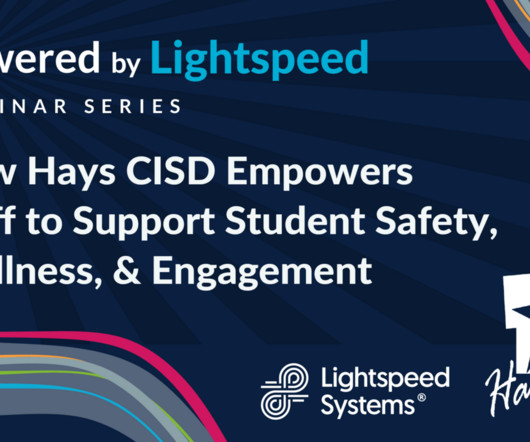The Tech Industry is Hijacking School Data. But Decentralized Systems Can Change That.
Edsurge
FEBRUARY 13, 2019
As students use an ever-growing array of software applications, programs and devices, they generate huge quantities of data, metadata and other sensory inputs while in school. Collectively, this data is of great value to different stakeholders. Teachers may use it to understand student behavior and plan better instruction.



















Let's personalize your content